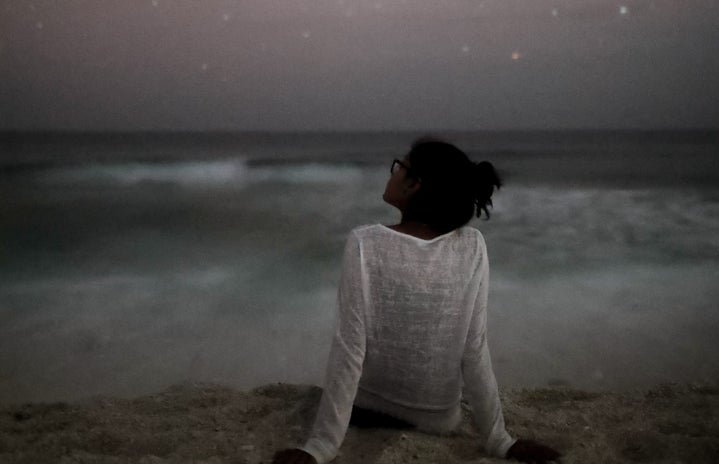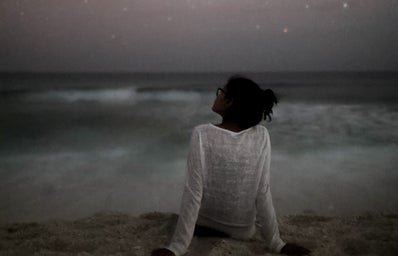The insane asylum remains one of Halloween’s classic horror backdrops. Between the amount of movies that take place at one, the classic urban legends surrounding escaped inmates of these institutions leaking out into the real world, the sheer number of haunted houses based on this concept, and the ever-present trope of the straitjacket as a shorthand for crazy, the message is clear – we find things related to insanity scary.
Right?
I don’t think people who go around dressing as “psychopaths” for Halloween or attend a haunted mental hospital hayride are walking around with the intention of hurting actual mentally ill persons. In fact, if you asked someone from any of the above examples if they thought real mentally ill people were scary, I’m sure the majority would say no and believe it.
Halloweenification of mental illness, however, is a problem worth mentioning.
The scope of mental illness in the United States is daunting. In 2014, nearly one in five adults in the United States was diagnosed with a mental illness, ranging from depression, to anxiety, to schizophrenia. While depression and anxiety hold a host of negative associations within American culture (think the tendency to associate depression with romantic melancholy, or not understanding anxiety as an actual barrier to a person’s life and not a mild annoyance) it’s schizophrenia and associated disorders that tend to rise into prominence every October.
Think of classic horror movie villains. Michael Myers breaks out of an insane asylum. The mere title of “Psycho” tells you all you need to know (“psychosis”). “The Shining” depicts a man’s acts of violence over the course of an elongated mental breakdown. “Split” focuses on a person with dissociative identity disorder kidnapping girls. The message is loud and clear – the mentally ill are destined for violence.
Or are they?
Not so, says the vast majority of researchers. In his interview with Vice, psychologist Doctor Danny Wedding describes the stereotyping that horror movies put on the mentally ill best: “The evidence is very clear that somebody with a disease like schizophrenia . . . are victims. They’re robbed, they’re raped, they’re murdered, but they’re not robbers, rapists, and murderers.”
Media does not exist in a vacuum. It influences those who watch it, even if on the most subliminal level. The mentally ill, especially those who have not been medicated, run a higher risk of being the victims of crime and violence. America’s mental health system is incredibly broken, meaning the people who need help the most often cannot get it. With a cultural background insinuating, even if not maliciously, that the mentally ill are also knife-wielding, murderous beings who constantly engage with the voices in their head, how is it possible that we as a society are not creating the perfect storm of fear against the mentally ill?
One could make the argument that Americans aren’t afraid of the “safer” mental illness like depression or anxiety. It’s the threat of a person who could shatter into one of many personas at any moment that they fear. The person with bipolar disorder that could “turn” at any moment. Someone who has hallucinations. The person in the padded cell.
While I find the reasoning behind pitting the “scariness” of mental illness against one another flimsy to begin with, it’s also important to note that it relies off of an understanding of “less safe” mental illness as being inherently violent – which, as I’ve mentioned before, is simply not the case. It’s the fault of our belief in the false fact that the mentally ill are inclined to violence at the root of it all. Horror movies’ are certainly not the only contributors to this, but it’s difficult to deny that their entrenched place within the American movie genre paired with their depictions of the mentally ill are one of the pillars upholding this viewpoint.
This article isn’t meant to insinuate that anyone who engages in horror media is a terrible person, but that you owe it to yourself and to society to think critically about the media that you engage in. That doesn’t mean you have to stop watching Jason mow down campers, or stop wondering how Hannibal Lecter is going to lure in his next kill. It’s about being careful to not associate the behaviors of your favorite classic killers with actual human beings. As with all media, it’s important to approach horror movies with tact and understanding – and to maybe dedicated yourself to learning a little more about the actual illnesses your favorite slasher pic depicts after the credits roll.
Follow Her Campus @ Geneseo on Facebook, Twitter, Instagram, and Pinterest.



